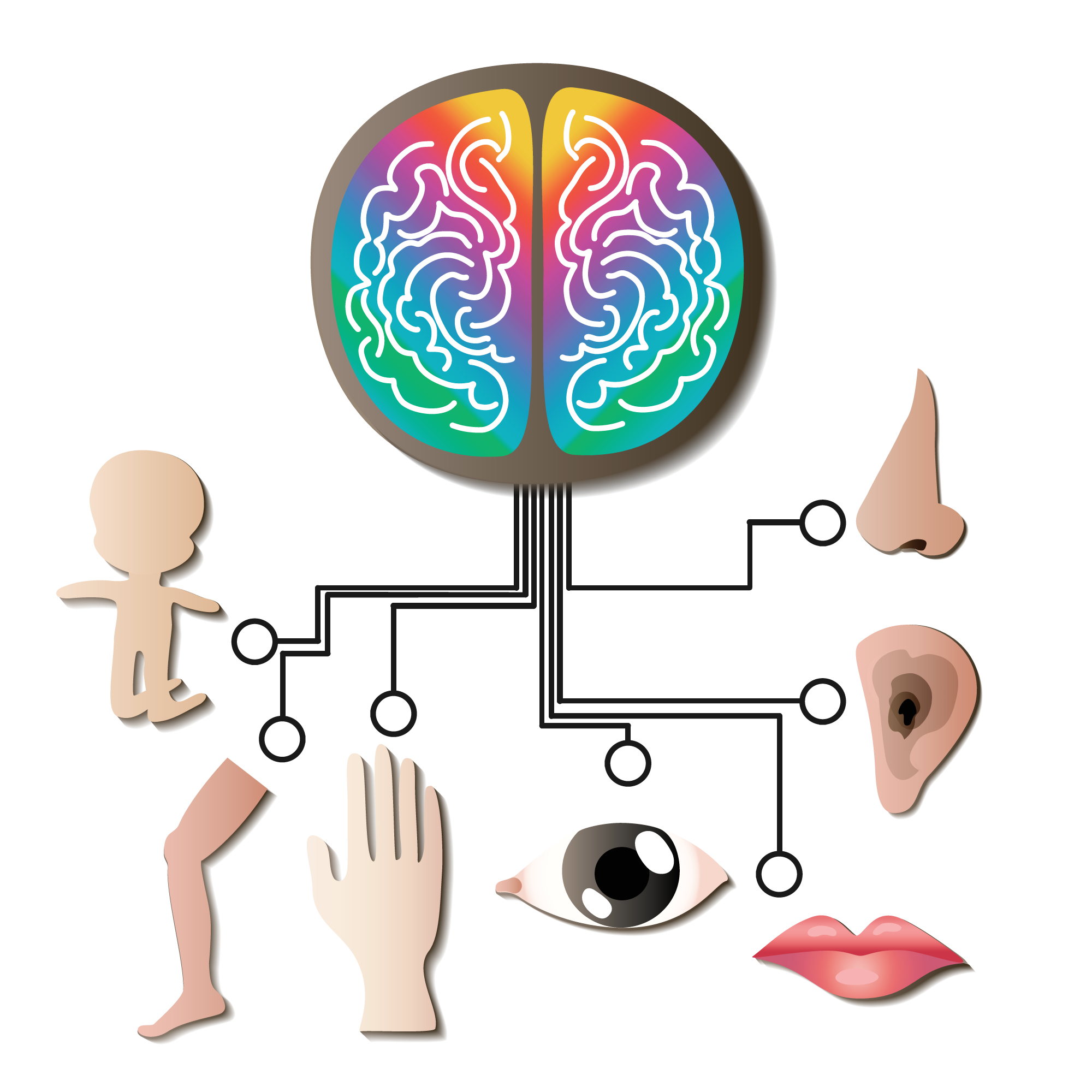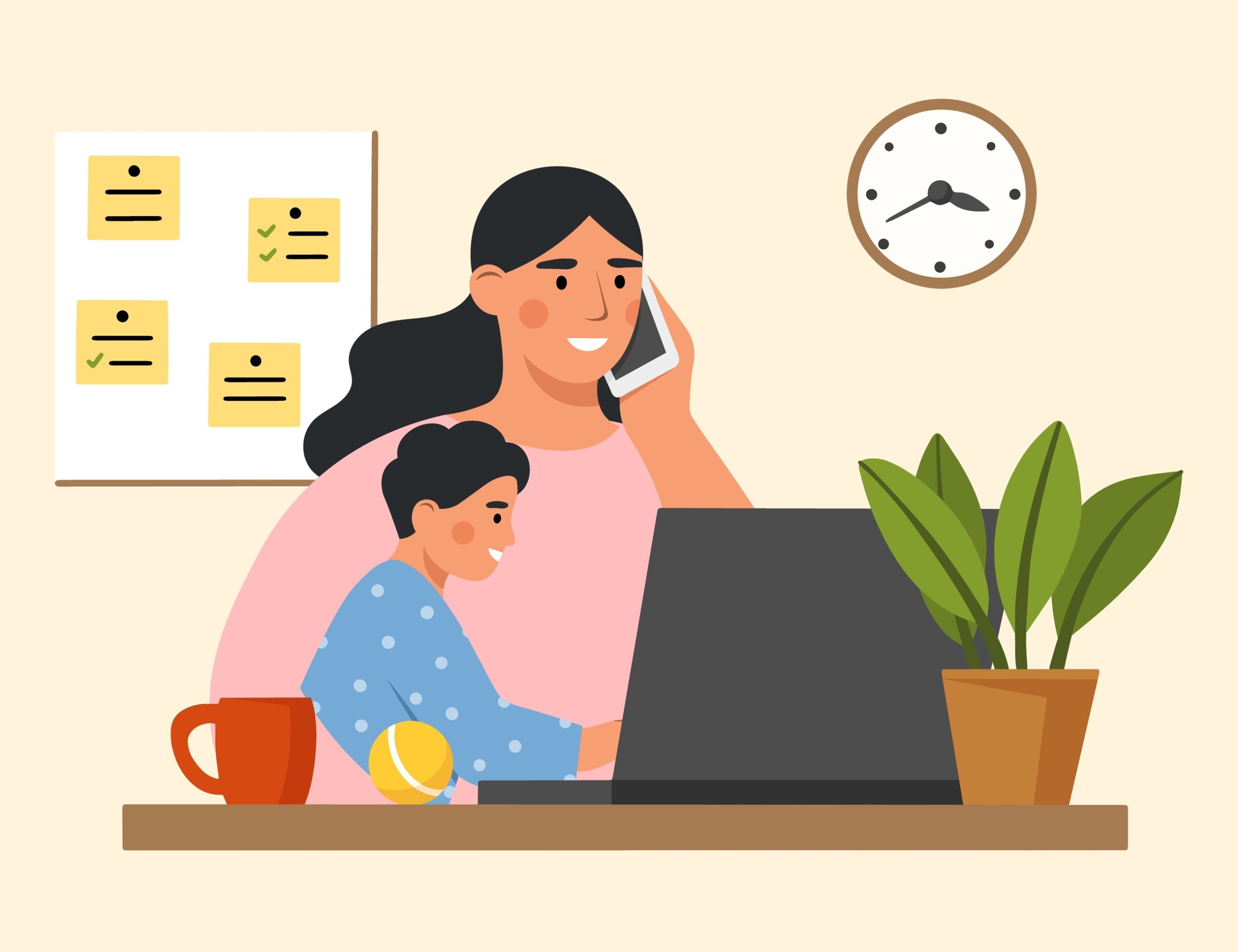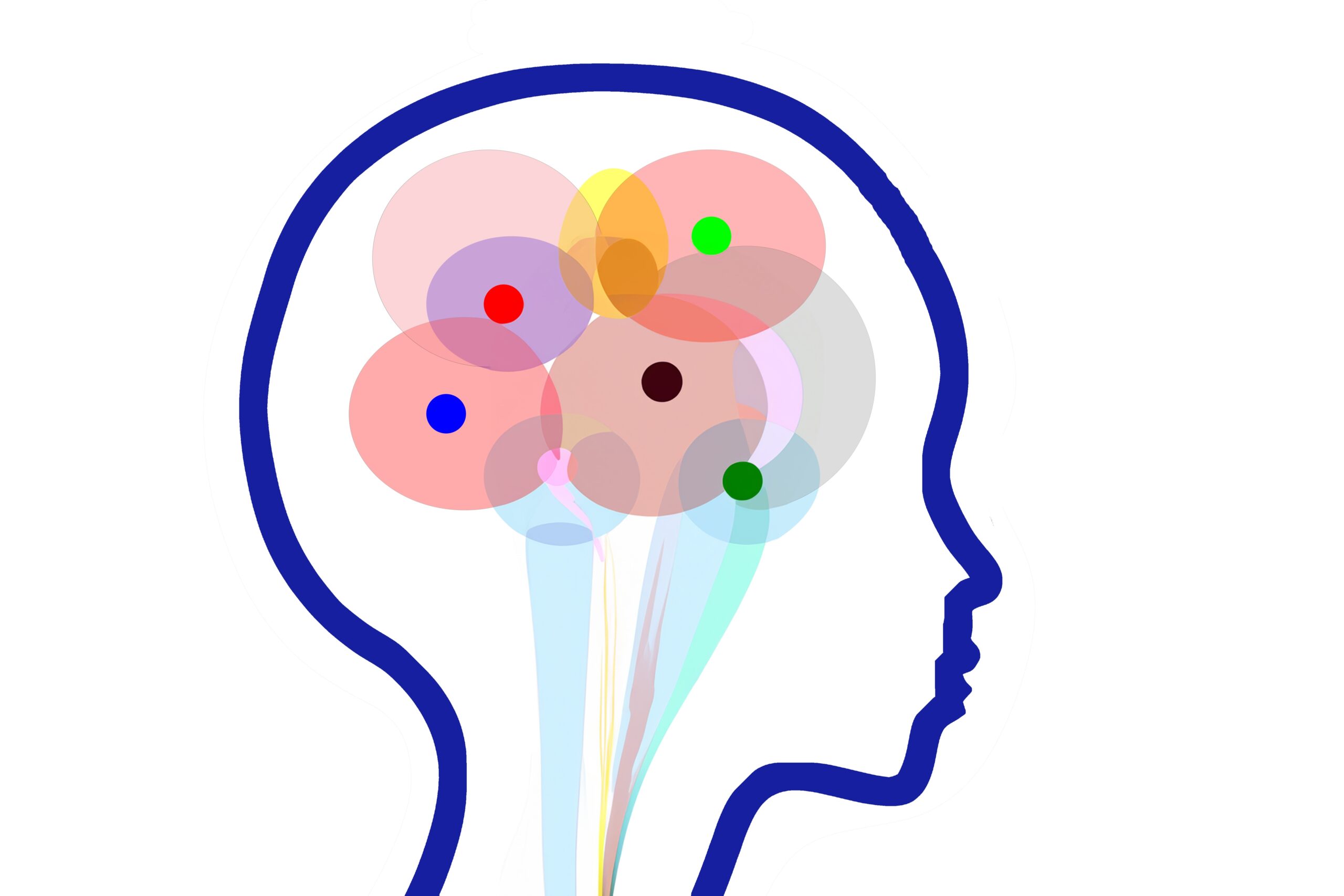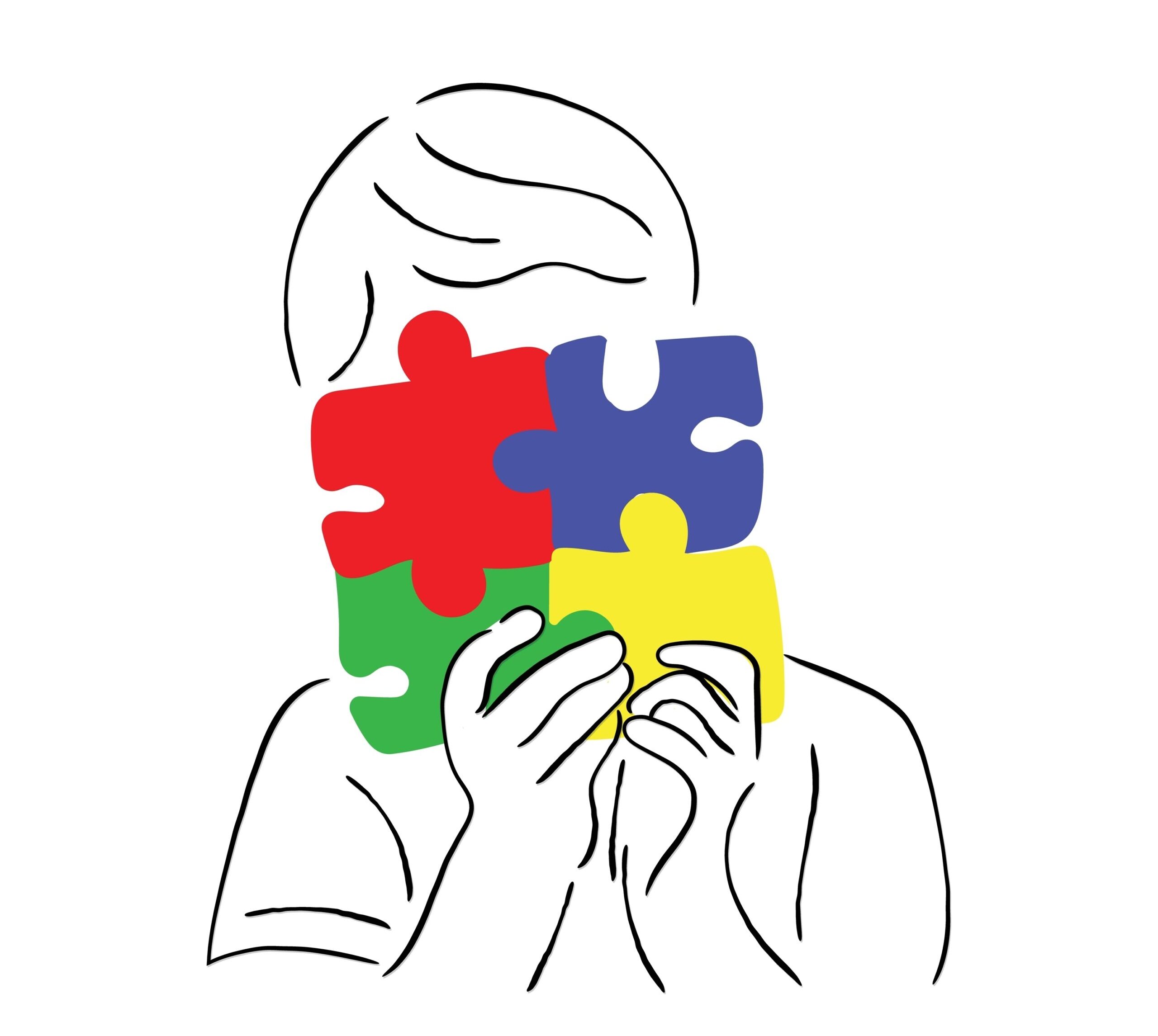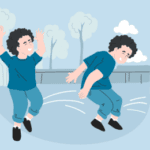
Sensory Processing Disorder
- Signs and Symptoms of Sensory Processing Disorder in Children
- Sensory Processing Disorder in Teens: Signs, Symptoms, Diagnosis & Treatment
- Sensory Processing Disorder (SPD) in Adults: Signs, Diagnosis, Treatment & Coping Strategies
- Types of Sensory Processing Disorder (SPD): Symptoms, Characteristics & Treatment
- Sensory Processing Disorder Treatment Options & Best Therapies for SPD in Children and Adults
- Living with Sensory Processing Disorder: Daily Tips, Support Strategies, and Family Guidance
- Vestibular and Proprioceptive Processing in Sensory Processing Disorder (SPD)
- Causes and Risk Factors of Sensory Processing Disorder (SPD): What Science Knows
- How Is Sensory Processing Disorder Diagnosed? Tests, Signs, and Evaluation Tools
- Stimming Behaviors in Sensory Processing Disorder: What They Are and Why They Matter
- Sensory Processing Disorder and Learning: How Sensory Challenges Affect Education
- Sensory Diet Strategies for Kids: Effective Tools for Sensory Regulation
- Sensory Integration Disorder and Sensory Integration Therapy
- Sensory Discrimination Disorder
- Sensory Modulation Disorder: Symptoms, Subtypes, and Treatment Strategies
- Sensory Over-Responsivity (SOR): Signs, Causes, and How to Help Kids and Adults Cope
- Sensory Under-Responsivity: Signs, Causes, and Support for Children and Adults
- Sensory-Based Motor Disorder: Signs, Symptoms, and Effective Treatments for Children and Adults
- Visual Processing Disorder: Signs, Symptoms & How to Support Visual Learning Challenges
- Auditory Processing Disorder (APD): Symptoms, Diagnosis & Treatment for Children and Adults
- Sensory Seeking/Craving: Understanding, Identifying, and Supporting Sensory Seekers
- Dyspraxia (Developmental Coordination Disorder): Understanding SBMD and Its Impact
- Postural Disorder: Causes, Symptoms & Treatment | Sensory-Based Motor Disorder Guide
Sensory Processing Disorder (SPD) in Adults: Signs, Diagnosis, Treatment & Coping Strategies

Authored by: The DrSensory Editorial Team
Reviewed by: 🛡️ DrSensory Clinical Review Board
Last updated: June 2025
- How Is Sensory Processing Disorder Diagnosed in Adults?
- Treatment Options for Sensory Processing Disorder in Adults
- How Does Sensory Processing Disorder Affect Mental Health in Adults?
- Practical Coping Strategies for Adults with SPD
- Can Sensory Processing Disorder develop later in life, or is it only in childhood?
- SPD and Relationships: Navigating Social and Intimate Connections
- SPD and Workplace Challenges: Accommodations and Success Tips
- SPD in Adults and Sleep Disorders
- SPD and Physical Health: Chronic Pain, Fatigue, and Sensory-Related Issues
- SPD Assessment Tools Specifically for Adults
- SPD Myths and Facts: Clearing Up Common Misconceptions for Adults
- Emerging Research and Advances in SPD Treatment for Adults
What Is Sensory Processing Disorder (SPD) in Adults? (Overview)
Sensory Processing Disorder (SPD) in adults is a neurological condition where the brain struggles to receive and process sensory information from the environment. This can cause hypersensitivity or hyposensitivity to sights, sounds, textures, tastes, or movements. Adults with SPD may experience overwhelming sensations or seek excessive sensory input to feel balanced. Unlike children, adult symptoms can be complicated by years of learned coping behaviors and co-occurring conditions like anxiety or ADHD. Understanding SPD in adults is essential for recognizing its impact on work, relationships, and daily functioning.
Common Signs and Symptoms of Sensory Processing Disorder in Adults
Adults with SPD often show a range of symptoms, including:
- Heightened sensitivity to noise, light, or textures, causing discomfort or avoidance
- Difficulty with social touch or crowded spaces
- Challenges with coordination or balance
- Over- or under-reacting to sensory input, such as pain or temperature
- Feeling overwhelmed in busy environments leading to anxiety or shutdowns
- Need for sensory “stimming” behaviors like rocking or fidgeting to self-regulate
Recognizing these signs helps adults seek appropriate support and improve quality of life.
How Is Sensory Processing Disorder Diagnosed in Adults?
Diagnosis of SPD in adults involves a thorough clinical assessment by occupational therapists or neurologists trained in sensory integration. The process includes detailed sensory history interviews, questionnaires like the Adult Sensory Profile, and observation of sensory responses in various settings. Because SPD symptoms overlap with other disorders such as anxiety, ADHD, and autism, professionals carefully differentiate these conditions through comprehensive evaluation. Early diagnosis enables targeted therapies and coping strategies tailored to adult needs.
Treatment Options for Sensory Processing Disorder in Adults
While SPD has no cure, effective treatments can help adults manage symptoms and improve daily functioning. Common approaches include:
- Occupational Therapy with Sensory Integration Techniques: Helps adults learn to process sensory input more comfortably.
- Cognitive Behavioral Therapy (CBT): Addresses anxiety and emotional challenges linked to sensory overload.
- Sensory Diets: Personalized routines involving sensory activities to help regulate sensory responses.
- Environmental Modifications: Adjusting lighting, noise levels, and workspace setups to minimize triggers.
Combined, these treatments empower adults with SPD to navigate work, social life, and self-care more successfully.
How Does Sensory Processing Disorder Affect Mental Health in Adults?
SPD frequently co-occurs with mental health conditions such as anxiety, depression, and PTSD. Sensory overload can trigger panic attacks, irritability, and chronic stress. Over time, untreated sensory difficulties may lead to social withdrawal or decreased self-esteem. Understanding the link between SPD and mental health is vital for holistic care, as addressing sensory issues can significantly improve emotional well-being and reduce symptoms of related disorders.
Practical Coping Strategies for Adults with SPD
Adults with SPD can adopt several effective strategies to manage sensory challenges daily:
- Use noise-canceling headphones or sunglasses in overwhelming environments
- Create sensory-friendly spaces at home and work with calming colors and soft lighting
- Incorporate regular sensory breaks and calming activities such as deep pressure or mindful movement
- Practice grounding techniques like deep breathing or meditation to reduce anxiety
- Communicate sensory needs clearly with friends, family, and coworkers for better support
These tactics empower adults to reduce overwhelm and improve their quality of life.
Can Sensory Processing Disorder develop later in life, or is it only in childhood?
SPD typically begins in childhood, but symptoms can persist or sometimes become more noticeable in adulthood due to increased sensory demands or stress. Adults who weren’t diagnosed as children can still seek evaluation and treatment.
Is Sensory Processing Disorder the same as autism in adults?
No, SPD can exist independently of autism. While many autistic adults experience sensory challenges, SPD specifically refers to sensory processing difficulties without the broader social and communication challenges of autism.
SPD and Relationships: Navigating Social and Intimate Connections
Sensory Processing Disorder (SPD) can significantly affect adult relationships, including friendships, family interactions, and romantic partnerships. Adults with SPD may feel overwhelmed by sensory input in social settings, such as loud conversations or physical touch, which can lead to withdrawal or misunderstandings. Explaining sensory needs openly and practicing patience helps build stronger bonds. Partners and friends who learn about SPD can offer better support by recognizing triggers and respecting boundaries. Effective communication and empathy are key to nurturing healthy relationships despite sensory challenges.
SPD and Workplace Challenges: Accommodations and Success Tips
Many adults with SPD face unique challenges in the workplace, like sensitivity to fluorescent lights, background noise, or crowded offices. Knowing your rights under the Americans with Disabilities Act (ADA) allows you to request reasonable accommodations, such as flexible work hours, noise-canceling headphones, or private workspaces. Organizing your work environment to minimize sensory overload and incorporating sensory breaks can boost productivity and reduce stress. Sharing your sensory needs with supervisors and coworkers can foster a more understanding and inclusive workplace.
SPD in Adults and Sleep Disorders
Sensory sensitivities often contribute to sleep difficulties in adults with SPD. Hypersensitivity to textures of bedding or sounds in the environment can make falling asleep or staying asleep challenging. Creating a sensory-friendly sleep routine—including using soft, comfortable fabrics, white noise machines, and dim lighting—helps improve sleep quality. Occupational therapists may recommend sensory interventions such as deep pressure techniques before bedtime to promote relaxation. Addressing sensory-related sleep problems is vital for overall health and daytime functioning.
SPD and Physical Health: Chronic Pain, Fatigue, and Sensory-Related Issues
Adults with SPD sometimes experience physical symptoms like chronic pain, muscle tension, or fatigue due to ongoing sensory overload. The body’s heightened response to sensory stimuli can increase stress hormones, leading to inflammation and discomfort. Fatigue may result from the extra energy required to filter sensory input continuously. Holistic care that includes sensory therapy, physical exercise, and stress management can alleviate these symptoms. Consulting healthcare providers familiar with SPD ensures comprehensive treatment plans addressing both sensory and physical health.
SPD Assessment Tools Specifically for Adults
Accurate diagnosis of SPD in adults relies on specialized assessment tools. Besides the widely used Adult Sensory Profile, tools like the Adult/Adolescent Sensory History (ASH) questionnaire and clinical sensory integration tests provide in-depth insights. These evaluations gather detailed information about sensory preferences, sensitivities, and coping behaviors across various environments. Using adult-focused assessments improves diagnosis accuracy and helps tailor personalized treatment plans that address specific sensory challenges faced in adulthood.
SPD Myths and Facts: Clearing Up Common Misconceptions for Adults
Many misconceptions surround Sensory Processing Disorder in adults. Common myths include the belief that SPD only affects children or that it’s “just being picky.” In reality, SPD is a neurological condition recognized by healthcare professionals. Adults can experience severe sensory challenges that affect their daily life, work, and relationships. Dispelling these myths increases awareness, reduces stigma, and encourages more people to seek help. Educating the public with facts fosters a supportive environment for adults living with SPD.
Emerging Research and Advances in SPD Treatment for Adults
Research on SPD in adults is growing, uncovering new insights into brain processing and therapy effectiveness. Recent studies highlight advances in sensory integration therapy techniques, virtual reality exposure therapy, and neurofeedback as promising treatment options. Ongoing research also explores genetic and neurological underpinnings of SPD, paving the way for more targeted interventions. Staying updated on scientific developments allows healthcare providers and individuals with SPD to access cutting-edge therapies that improve long-term outcomes.
This page provides general educational content and is not a substitute for professional medical advice. Always consult a licensed provider for diagnosis and treatment.
View privacy policy, copyright and trust info
More on SPD

- Signs and Symptoms of Sensory Processing Disorder in Children
- Sensory Processing Disorder in Teens: Signs, Symptoms, Diagnosis & Treatment
- Sensory Processing Disorder (SPD) in Adults: Signs, Diagnosis, Treatment & Coping Strategies
- Types of Sensory Processing Disorder (SPD): Symptoms, Characteristics & Treatment
- Sensory Processing Disorder Treatment Options & Best Therapies for SPD in Children and Adults
- Living with Sensory Processing Disorder: Daily Tips, Support Strategies, and Family Guidance
- Vestibular and Proprioceptive Processing in Sensory Processing Disorder (SPD)
- Causes and Risk Factors of Sensory Processing Disorder (SPD): What Science Knows
- How Is Sensory Processing Disorder Diagnosed? Tests, Signs, and Evaluation Tools
- Stimming Behaviors in Sensory Processing Disorder: What They Are and Why They Matter
- Sensory Processing Disorder and Learning: How Sensory Challenges Affect Education
- Sensory Diet Strategies for Kids: Effective Tools for Sensory Regulation
- Sensory Integration Disorder and Sensory Integration Therapy
- Sensory Discrimination Disorder
- Sensory Modulation Disorder: Symptoms, Subtypes, and Treatment Strategies
- Sensory Over-Responsivity (SOR): Signs, Causes, and How to Help Kids and Adults Cope
- Sensory Under-Responsivity: Signs, Causes, and Support for Children and Adults
- Sensory-Based Motor Disorder: Signs, Symptoms, and Effective Treatments for Children and Adults
- Visual Processing Disorder: Signs, Symptoms & How to Support Visual Learning Challenges
- Auditory Processing Disorder (APD): Symptoms, Diagnosis & Treatment for Children and Adults
- Sensory Seeking/Craving: Understanding, Identifying, and Supporting Sensory Seekers
- Dyspraxia (Developmental Coordination Disorder): Understanding SBMD and Its Impact
- Postural Disorder: Causes, Symptoms & Treatment | Sensory-Based Motor Disorder Guide
Find a Therapist near you
Are you looking for a physical, occupational, or speech therapist in your area?
Look no further than the DrSensory Therapist Database and Clinic Directory!
Find a Therapist
Find the physical therapist, occupational therapist, or speech language pathologist you’re looking for!
Ask Us Anything
Whether you are looking for advice, have a general question about sensory processing, or looking for resources.
Submit Your Story
Share your story about your child. Let’s celebrate milestones and learn more about challenges.







































